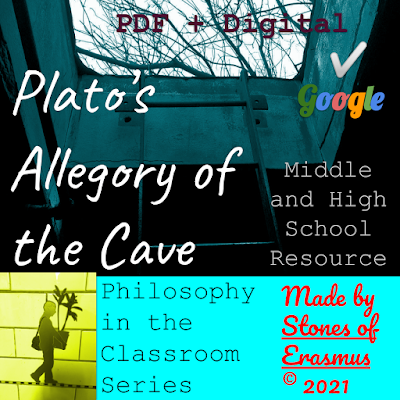Teens read in fresh ways—on phones, online, or audiobooks. Join Mr. Roselli, bridging #Roomies & #Zoomies, to ‘Get Lit’ with new classics.
 |
| Mr. Roselli wears a "get lit" tee. |
I teach teenagers concurrently in person and kids learning remotely. To build community, my co-teacher @amiraesposito5585 and I call the in-person kids Roomies and the distance learning kids, Zoomies.
American teens aren’t reading less — they’re just reading fewer classics. They’re reading on their phones, on the Internet — listening to stories via audiobooks and podcasts. Literacy is changing, and I’m excited about it.
The tee-shirt reads, “Get lit.” Get it? I struggle with authenticity. How real is too real? Where do I go to find folks who look 👀 like me, act like me, think 🤔 like me? Literature. In my classroom. Young people. People who think differently. Radical openness. It’s something I teach. But it’s also the ultimate pleasure. Literature — it’s the best tea. And whether it’s Satan being emo in Paradise Lost or Rashad in American Boys (@jasonreynolds83) reflecting on his blackness in America or Felix in Felix Ever After (@kacen.callender) navigating high school as a trans boy in New York — characters in literature come alive for me.
.
.
.
.
#readingtime #bookphotography#instagood #love #motivation#bookish #education #instabook#booklover #booklove #bookstagram#photography #book #read#booksbooksbooks #art #bookworm#bookstagrammer #bibliophile#bookshelf #inspiration #reader#teacher #teachersofinstagram#booknerd #bookaholic #learning#readersofinstagram#booksofinstagram #bookaddict via stonesoferasmus.com Image Credit: @kfs0520 @stonesoferasmus
 |
| Students' Chalkboard Art: I am teaching Paradise Lost |













.png)



